Japandi Interior Design
Japandi recently made its way to the interior design scene, but what exactly is this new trend? Japandi is a combination of Scandinavian design and Japanese minimalism. You can find our blog post on Scandinavian Interior Design here. Although both design trends come from completely different regions, they have a lot in common, making it the perfect hybrid style. They share some of the same core design principles, functionality, simplicity, nature, and craftsmanship.
Japanese interior design involves low to the ground furniture, seamless flow between indoor and outdoor spaces, acceptance of imperfection, organic material, and neutral yet warm colors. Scandinavian interior design includes furniture that is straightforward and uncomplicated, minimalistic design to allow for light flow, creating a cozy atmosphere and the use of soft pastel colors.
How do you decorate your room in a Japandi style?
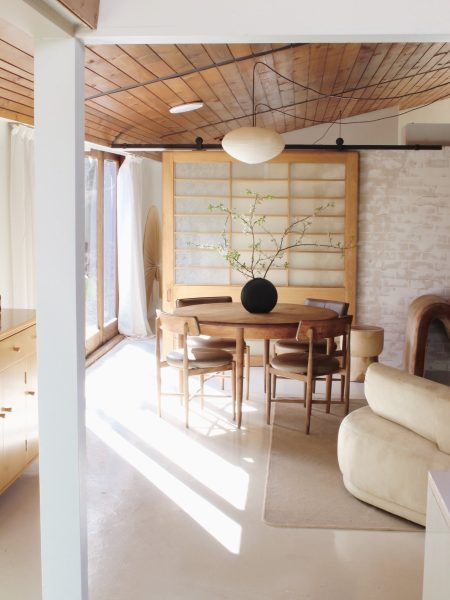
Color
Japandi color pallets combine the soft pastel colors seen in Scandinavian with the rich, dark, more earthy tones in Japanese style. Stick to only a few different colors. If you are looking to bring in more of the Japanese side, consider adding the darker tones more predominately, but if you are leaning more towards Scandinavian, you should stick to lighter colors. Steer clear of bright pops of color, sticking with more neutral colors. If you are set on bringing more color into your home, a great option would be to add a few plants into the space.
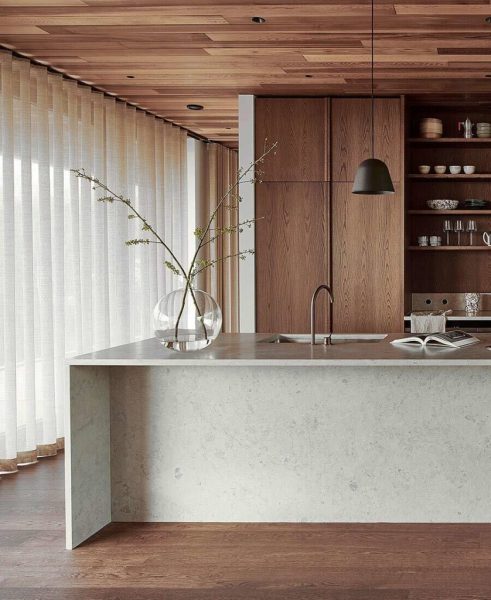
Texture
Add some texture to the walls with a slat accent wall. Slat walls are the perfect addition to a Japandi style room. Wooden slat walls not only enhance a space with some texture, but they also add an element of nature, which is a key component of Japandi. Slat walls create visual and architectural interest within a space and are fairly inexpensive to install. You can learn more about slat walls here and how to make one yourself here.
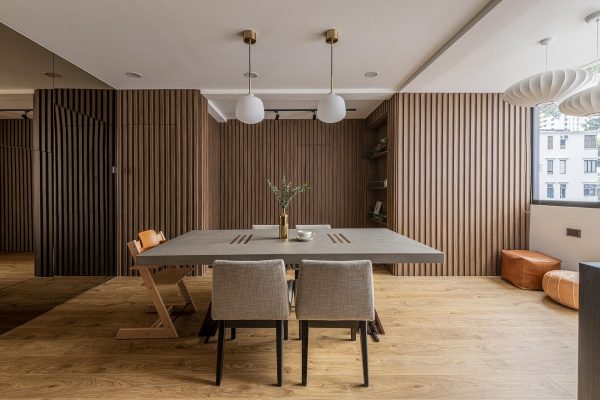
Simplicity
Both Scandinavian and Japanese interior design focus on simplicity so it’s no surprise that Japandi does as well. This doesn’t mean you need to have as few furniture pieces as possible, just consider each piece and create a more curated look. The idea of “danshari” is a concept Japandi really celebrates, keeping items that serve a purpose or have some sort of meaning to you. Think quality over quantity when furnishing your home.
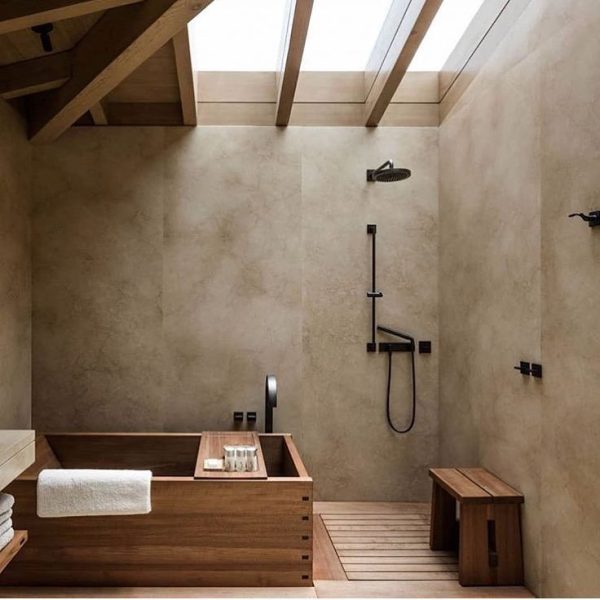
Organic Material
To achieve the minimalist and cozy feel of Japandi, using natural, it’s important to incorporate more organic material. Adding terracotta pots, rattan furniture, wood elements, and wool blankets are some great places to start. Integrating these materials into your home not only elevates the Japandi design style, but it will also instantly make your home feel more warm and welcoming. When it comes to wood, if you are looking to bring a more Scandinavian feel to your home choose lighter wood tones, but if you are drawn more to Japanese style look for darker shades of wood furniture.
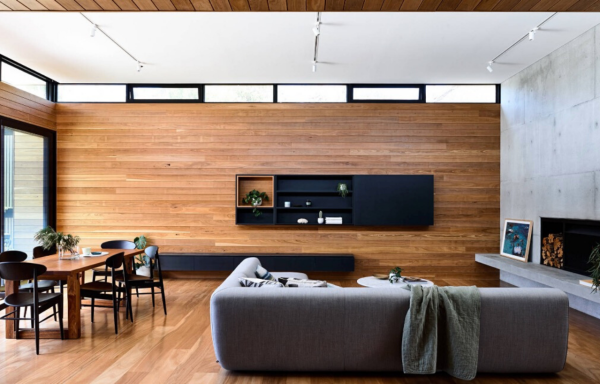
Outdoor Spaces
Both Japanese and Scandinavian cultures share a deep appreciation for nature. When it comes to Japandi interior design, this comes in many forms. Having low to the ground furniture creates a sense of being close to the Earth. This should also be taken more literally, try to create a connection to outdoor space within your home. Adding a vertical garden in your kitchen brings nature into your home while also providing you with fresh herbs year-round. Remember to keep simplicity in mind when adding plants to your home, be sure not to overdo it.
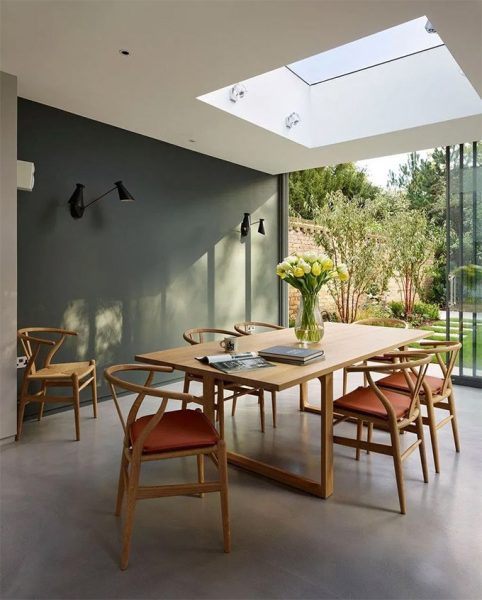
For more tips and home inspiration, follow us on Instagram, Pinterest and Facebook! @WeAreWoodgrain